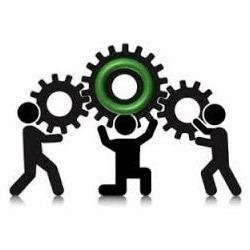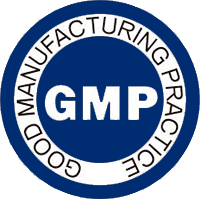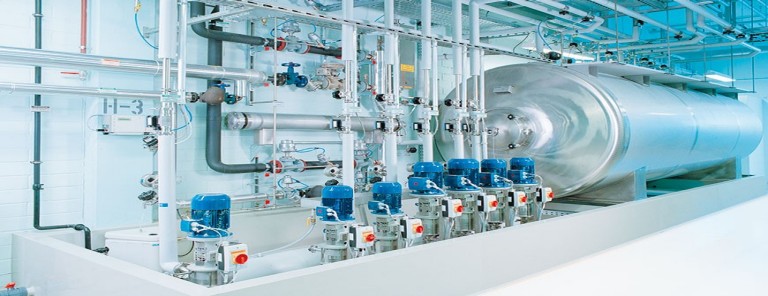In today’s industrial age, where manufacturing processes are highly crucial and a synonym of development and growth, the need to use resources effectively and efficiently has become necessary. The continuous growth of industries has led to development of highly efficient or leaner processes which focus on minimum wastage and maximum utilization of the available resources through various technologies developed overtime. The use of robots and automating the processes in order to eliminate human error and increase efficiency has been adopted by almost every industry today which has further been facilitated by the Internet of Things (I0T) in developing smarter processes.
Utility optimization not only consists of handling resources in a smart manner, but also optimizing the path or manner in which they are handled. Adjusting the placement of machines as well as defining the flow of resources throughout the shop floor is also an integral part of the utility optimization process. An efficient flow ensures an efficient execution of process and minimum wastage of time and resources. This is usually done through the use of process flow charts do determine process steps as well as Pareto charts to determine the importance of every resource in terms of its usage and need in every process.
In order to execute resource optimization and make sure that it is continuously being carried out, energy audits and water audits can be done which track the energy needs of an organization and track the water consumption by the organization respectively. The audits not only provide feedback about the status of optimization within the organization, but also help in tracking the development in this area and accordingly set targets. Even though these audits are a bit time consuming but they are highly necessary as they help the organization stay aligned with their set targets.
Optimization of resource usage not only decreases the amount of waste generated, but also leads to greater profits and creates opportunities for recycling and reusing the wasted resources. In a lot of cases, resource optimization leads to a reduction in carbon footprint which is vital due to the currently degrading environmental conditions. Since India agreed to ratify the second commitment period (2013-2020) of the 1997 Kyoto Protocol for the reduction of Greenhouse Gases and thus reduce the carbon footprint, the need for cutting emissions and correspondingly minimizing waste through resource optimization has gained more importance. The rising trend of green technologies has facilitated in optimization as well as cutting down on energy usage and reducing emissions.
The whole world is currently progressing at an unbelievable rate and the environment is getting affected due to that very progress Resource optimization, hence, has become necessary not only for generating greater profits and minimizing wastage of resources, but also for sustainability. “Recycle and Reuse” has become the motto for every major organization and new ways to optimize resource usage are constantly being researched and put into use. Since the progression of technology is inevitable, there will always be a great need for effective resource optimization processes which contribute to both- organization’s profits as well as sustainability.










Recent Comments